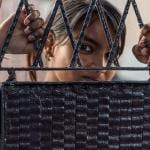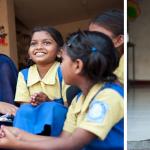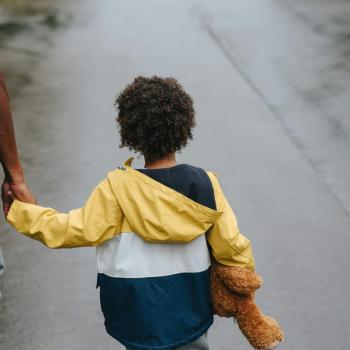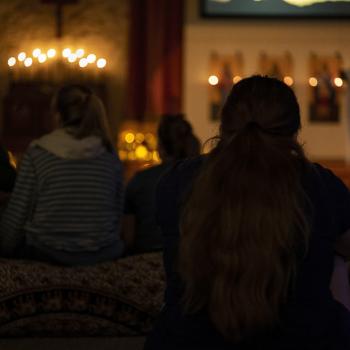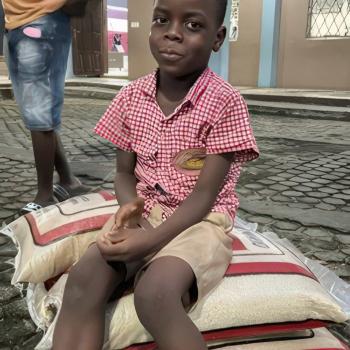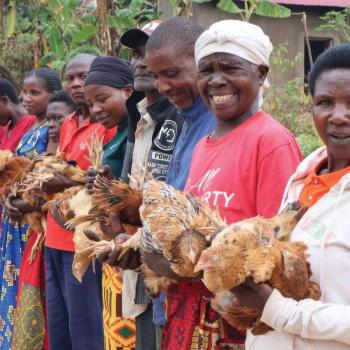WILLS POINT, TX – Gospel for Asia (GFA World and affiliates like Gospel for Asia Canada) founded by KP Yohannan, issued this Special Report on the horrific realities girls face, child marriage, human trafficking, abuse & exploitation, and the restoration & redemption that God brings to their lives.
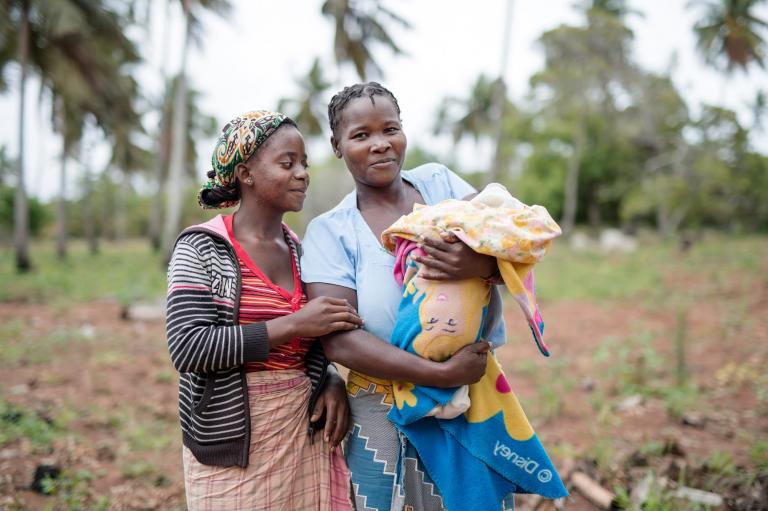
In her article for The New York Times, Hannah Beech shares the stories of Nyo and Phyu, two teenagers from Myanmar who were trafficked to China at age 16. A neighbor promised to find them waitressing jobs, but after 10 days of traveling, the girls realized that was not their fate. They tried to run away twice, but they were caught and locked in a room.
“The girls were split up, each paired with a supposed husband, although no marriage paperwork was ever filled out, to their knowledge,” writes Beech.
After going home with their new “husbands,” both girls were locked in rooms. Nyo was often beaten and raped by her “husband.” Phyu’s “husband” repeatedly injected drugs into her arm before forcing her to have sex. Eventually, Phyu and Nyo both gained access to the internet. This allowed police to track the girls down, prosecute the traffickers and “husbands,” and send the girls back to Myanmar.
But the traumatic experience left both girls with painful life circumstances.
Nyo ended up giving birth in Myanmar to a daughter by her Chinese “husband.” Phyu suffered physical and psychological damage from the abuse she experienced.
“Before this happened, Phyu was so happy and active,” Phyu’s mother told Beech. “But they gave her something to make her forget and trigger her sexuality. They beat her. She doesn’t know she is ruined.”
Trafficked
Bride and child marriage trafficking makes up only a small percentage of the trafficking of girls, a trade that has grown rapidly in recent decades.
The United Nations reports:
72%
of trafficked girls are used for sexual exploitation.
21%
of trafficked girls are used for forced labor.
7%
are used for other purposes (such as forced child marriage, exploitative begging or coerced criminal activities).
Girls make up a rising percentage of the total detected number of trafficking victims:
10%
of total victims in 2004 are comprised of girls.
23%
of total victims in 2016 are comprised of girls.
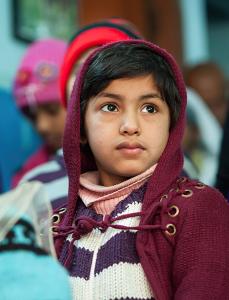
When many think of trafficking, they imagine a woman or teenage girl being forced to work in a brothel. While this does make up a large percentage of cases, the trafficking of girls can take a variety of forms. For some, like Ashmita, it means working as a domestic servant.
After Ashmita’s father died, she and her mother moved into someone’s home to earn a living doing housework. Later, Ashmita’s mother sent her to work in another family’s home. Ashmita, who wasn’t yet 10 years old, was forced to wash dishes and clothes, mop floors and massage the legs of her employer. When Ashmita grew physically tired from the labor the house owners demanded, she was beaten and slapped. One time, the woman of the house put chili powder in Ashmita’s eyes.
For other girls, human trafficking means forced labor in the internet pornography industry, massage parlors that function as fronts for sexual exploitation, or “beggar mafia” networks. Whatever the form of trafficking, it leaves a deep, long-lasting mark on a girl’s psychology.
“Trafficking victims often find it difficult to overcome the traumatic reality of their exploitation and share details with law enforcement authorities that could aid in prosecuting their traffickers,” states the U.S. Department of State.
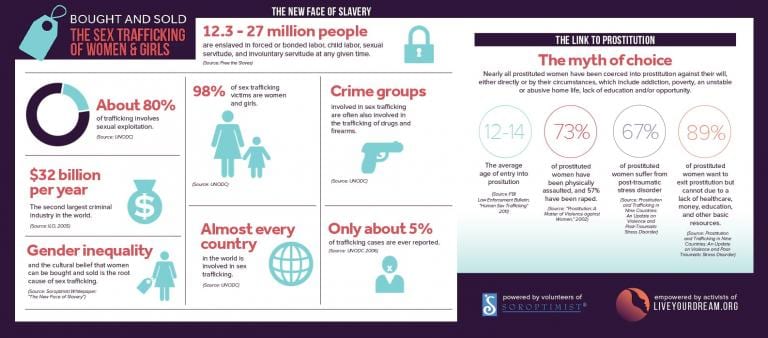
Traumatized and Exploited: Child Marriage, Human Trafficking
Girls in areas of political instability, conflict or oppression become especially vulnerable to forced child marriage and human trafficking.
“Trafficking in persons for sexual exploitation occurs within all conflict areas considered, including sub-Saharan Africa, North Africa and the Middle East, South-East Asia and others,” reports the UN. “In some refugee camps in the Middle East, for example, it has been documented that girls and young women have been ‘married off’ without their consent and subjected to sexual exploitation in neighbouring countries. Abduction of women and girls for sexual slavery has been reported in many conflicts in Central and West Africa, as well as in the conflicts in the Middle East. It has also been reported that women and girls are trafficked for forced [child marriage] in the same areas.”
Reports of such conflict-related trafficking occasionally make international news. The world waited for the return of more than 200 girls kidnapped in 2014 by Boko Haram in Chibok, Nigeria. News outlets recounted how the Islamic State group forced Yazidi and Christian girls into sexual slavery. In some regions, however, political instability has made the trafficking of girls an everyday reality often overlooked by the rest of the world.
North Korean girls attempting to flee government oppression may face the greatest risk for exploitation. In China, the only country they can directly cross into, they must try to be invisible. If they are caught, China’s government will send them back to North Korea, where they will likely face prison time for illegally exiting their homeland (which may involve starvation, sexual abuse or physical torture). As a result, North Korean women and girls easily become prey for traffickers.
According to a report from the Korea Future Initiative, the vast majority of North Korean trafficking victims are girls or women aged between 12 and 29, and many became ensnared in sexual slavery less than a year after fleeing North Korea.
Most of these girls and women end up in prostitution in brothels near the China/North Korea border, while others become entrapped in the growing cybersex trade.
“Girls aged as young as 9 are forced to perform graphic sex acts and are sexually assaulted in front of webcams which are live-streamed to a paying global audience,” explains the Korea Future Initiative.

Confronting Conflict
In every story, there is conflict that disrupts the protagonist’s life. And in the stories of many girls’ lives, antagonists like exploitation, abuse trafficking, forced child marriage or discrimination have brought so much conflict and destruction they have nearly destroyed hope. Without intervention, many girls will never have the chance for an education or a career. They may suffer from lasting health problems due to teenage pregnancy, forced prostitution, rape or physical abuse. They may live the rest of their lives believing they shouldn’t expect anything better.
There is, however, a God who created each girl and each woman. He hears the cry of the powerless and the needy and comes to their aid, and He gives them strength to overcome trauma and oppression. There are also many people working to combat trafficking, promote education and teach the value of girls. Many of these advocates were themselves once girls whose stories were defined by tragedy and abuse. Yet these women have risen above those obstacles, and they are helping other girls and women find similar freedom.
Changing Attitudes
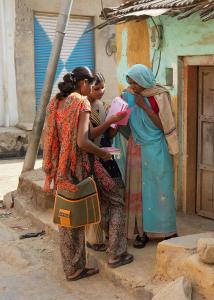
Ruth’s story shifted from tragedy to hope after she met some Christian women serving in her community. They befriended the teenager, encouraged her and invited her to church. There, Ruth heard a Gospel for Asia (GFA) pastor share about the love of Christ—a love that was overwhelming to a girl whose own parents didn’t value her. Ruth decided to follow this God who actually loved her.
Later she moved to another city to receive training from the church about how to help other hurting people just like herself. Before she left, she went to seek her father’s blessing, which in her culture is requested by bending down and touching an elder’s feet. Instead of blessing her, her father kicked her in the face.
During her time in Bible college, Ruth grew closer to Christ. Around the time she graduated, her pastor from her village told her she needed to come back home. Ruth’s father had changed, he said.
When Ruth got off the bus in her village, her father was waiting for her, and something happened that had never occurred before: He hugged her.
What had caused such a dramatic change in his attitude?
He had become a follower of Jesus, like his daughter. After God transformed his life, Ruth’s father began to value and support Ruth, knowing she was a gift from the Lord and not a burden.
Lasting global change in the treatment of girls starts when people recognize the value of each girl as a human being created by God. Those who recognize this will protect girls’ lives and challenge attitudes demeaning girls as less valuable than boys.
In South Asia, where rates of gender-biased abortion are still high—despite it being illegal—Gospel for Asia (GFA) workers have the opportunity to show through their example and counsel that girls have dignity and value as image-bearers of God. These men and women are able to bring change not only to girls’ lives but also to entire families and communities. As the mindsets of parents and community members change, girls live in a safer, more supportive environment.
One day, GFA pastor Kanish heard some concerning news from Rajika, a woman who attended his church along with her four daughters. Rajika’s husband, Sushil, had already been addicted to drugs. Then, after Rajika gave birth to their fourth daughter, neighbors began to mock Sushil for having no sons and only daughters. The disappointment and humiliation pushed Sushil further into a pit of depression and substance abuse. He began abusing his wife and children.
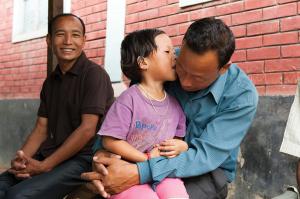
Thankfully, Pastor Kanish was equipped to talk to Sushil: The pastor himself had three daughters and no sons. Unlike Sushil, Pastor Kanish cherished his daughters. When he visited Rajika and Sushil’s home, he challenged Sushil’s attitude toward his daughters. He explained to Sushil that his daughters were blessings from God, not burdens.
Through the pastor’s encouragement, Sushil decided to depend on Jesus instead of alcohol and drugs. He began to pray regularly, and he welcomed others to his home for prayer meetings. As Sushil’s mindset and lifestyle were transformed, he overcame his addictions and started loving his wife and children instead of abusing them. He thanked God for restoring his life.
As God transforms the attitudes of people like Ruth’s father and Sushil, a broad impact sweeps through entire families and communities. When just one person chooses to value and support his or her daughter, this changes not only her life but also the lives she will impact one day. Moreover, this support shows others an example of a healthy family dynamic.
If you want to help girls at risk in South Asia, consider a one-time donation to stand in the gap for children who have been rescued from desperate situations into Bridge of Hope but still lack permanent sponsors to cover their monthly needs to remain in school.
About Gospel for Asia
Gospel for Asia (GFA World) is a leading faith-based mission agency, helping national workers bring vital assistance and spiritual hope to millions across Asia, especially to those who have yet to hear about the love of God. In GFA’s latest yearly report, this included more than 70,000 sponsored children, free medical camps conducted in more than 1,200 villages and remote communities, over 4,800 clean water wells drilled, over 12,000 water filters installed, income-generating Christmas gifts for more than 260,000 needy families, and spiritual teaching available in 110 languages in 14 nations through radio ministry. For all the latest news, visit our Press Room at https://press.gfa.org/news.
Read the rest of Gospel for Asia’s Special Report: Rewriting the Tragedies of Girlhood — Opening Doors for Girls Deprived of Opportunities — Part 1, Part 3
Learn more by reading these Special Reports from Gospel for Asia:
- Ending Violence Against Women — Using Programs and Education to Prevent Discrimination
- An Imaginative Exercise in Empathetic Fear — Think About Living in a Community with Missing and Murdered Indigenous Women
This Special Report originally appeared on gfa.org.
Read what Christian Leaders have to say about Gospel for Asia.
Click here, to read more blogs on Patheos from Gospel for Asia.
Learn more about Gospel for Asia: Facebook | YouTube | Instagram | LinkedIn | SourceWatch | Integrity | Lawsuit Update | 5 Distinctives | 6 Remarkable Facts | 10 Milestones | Media Room | Tragedies of Girlhood | Endorsements | 40th Anniversary | Lawsuit Response |
Notable News about Gospel for Asia: FoxNews, ChristianPost, NYPost, MissionsBox


